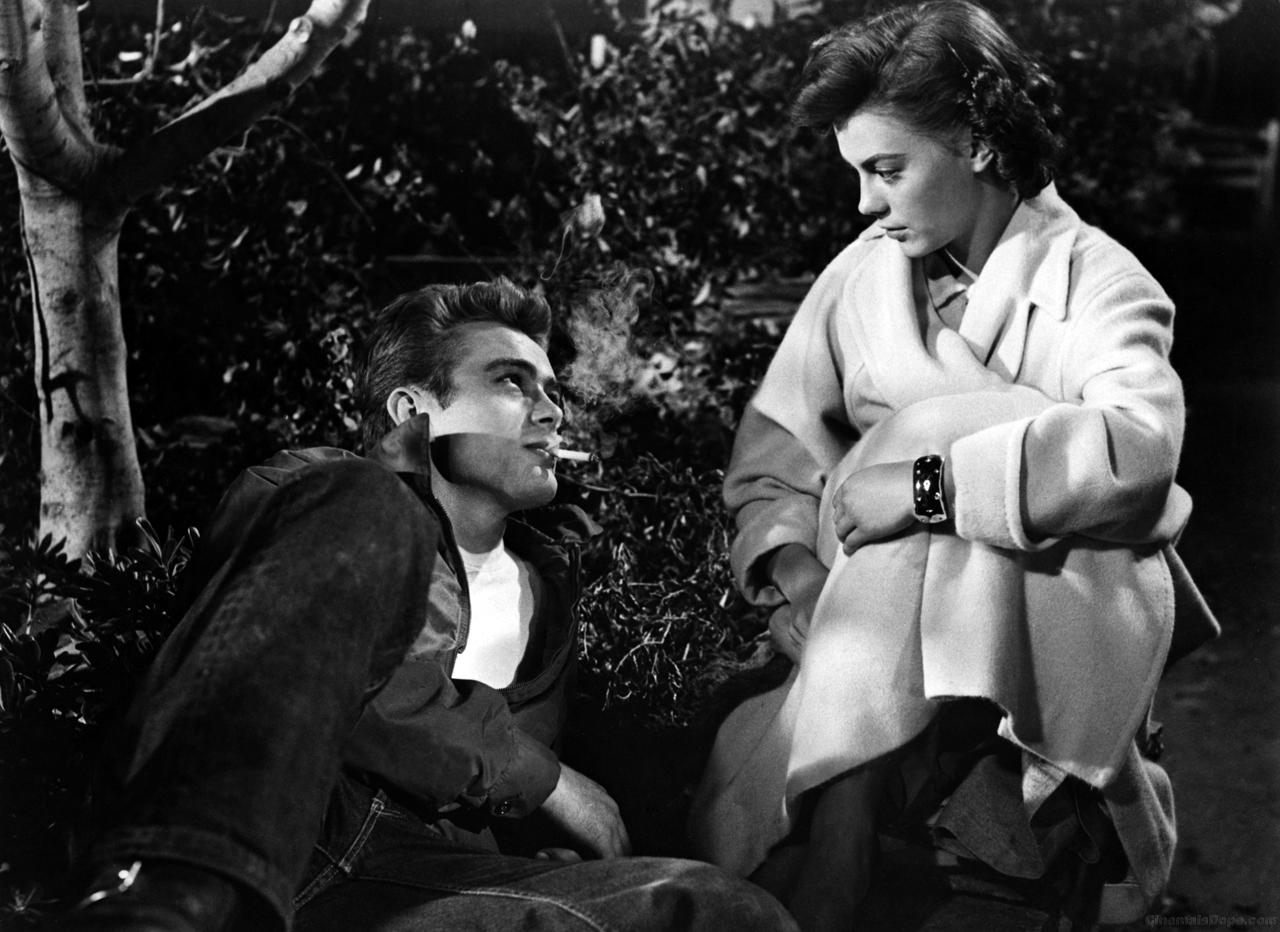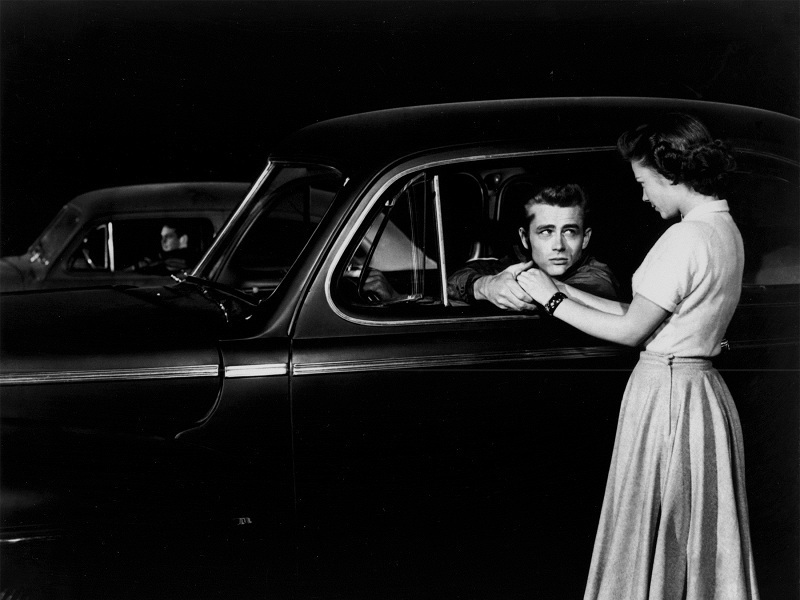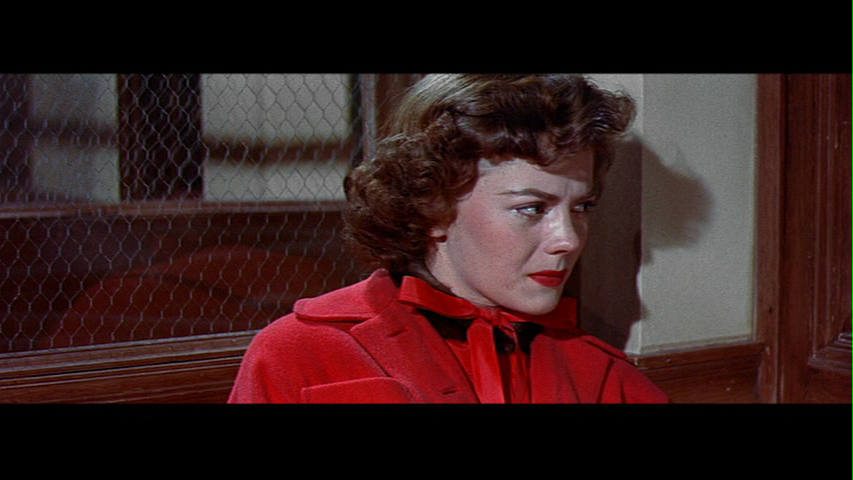(http://ic.pics.livejournal.com/iulieki/5565690/297182/297182_original.jpg)
In the Mood for Love, a chinese film set in the 1960's is a beautifully shot masterpiece, with stunning costumes. I found it to be mostly heartbreaking, but wonderful at the same time. The film unfolds slowly, giving you tiny clues all the way- I was constantly trying to figure out exactly what was going on. Much like thriller/suspense films from the 40s and 50s, the film has a sense of restraint to it- the plot will never be explicitly spelled out, and therein lies the true appeal of the film. In terms of the films we've watched this week, this one definitely qualifies as the most 'artsy', but also my favourite of the bunch, even if just for the cinematography.
The costume designer, William Chang, created the lead female's endless cheongsams from dead stock 60's upholstery fabric, leading to a series of beautifully constructed dresses, all made from the same pattern. However, every single dress- possibly hundreds- is made from a different fabric, mainly florals, stripes and solid colours. Through these dresses we are able to get a sense of the passing of time throughout the film, as the sets never seem to change- each time we see a new dress, the audience is able to register that a day has gone by. Additionally, the lead actresses' hair and makeup stays the same throughout the duration of the movie, showcasing femme fatale style with killer cat eyeliner, and giving away aspects of her character that are mirrored through the plot: here is a woman who rarely lets anything of herself show to the outside world. Aside from the seemingly endless cheongsams, she dons a red swing coat once in the film- the only time she does so. This coat is incredibly visually powerful, as it matches the red of the set behind her, and contrasting against the bold black and white floral of her dress. This boldness helps to drive home the emotional point of the scene, and, ultimately, the film.
(http://justunderthesurface.files.wordpress.com/2011/09/in-the-mood-for-love-021.jpg)

















